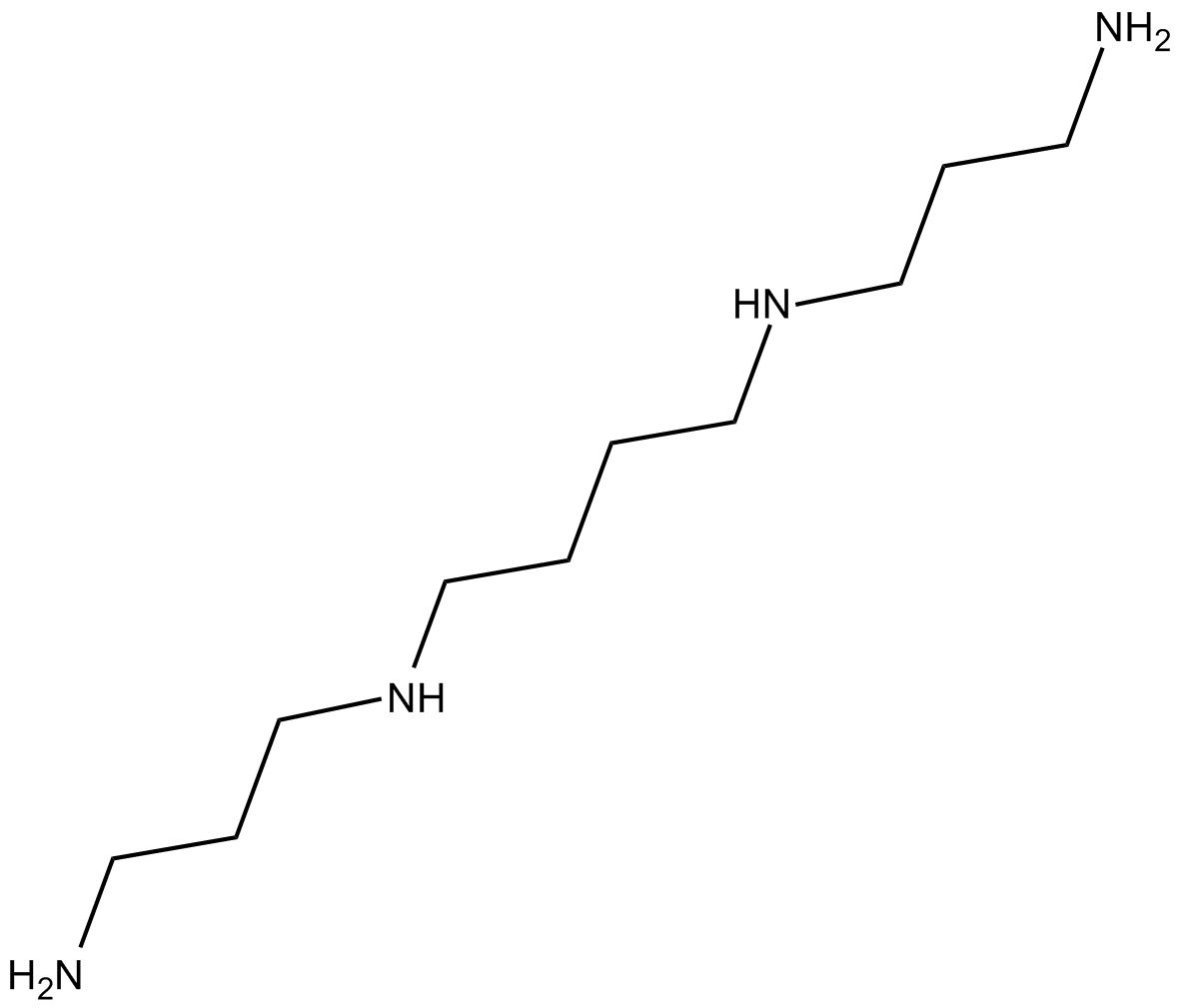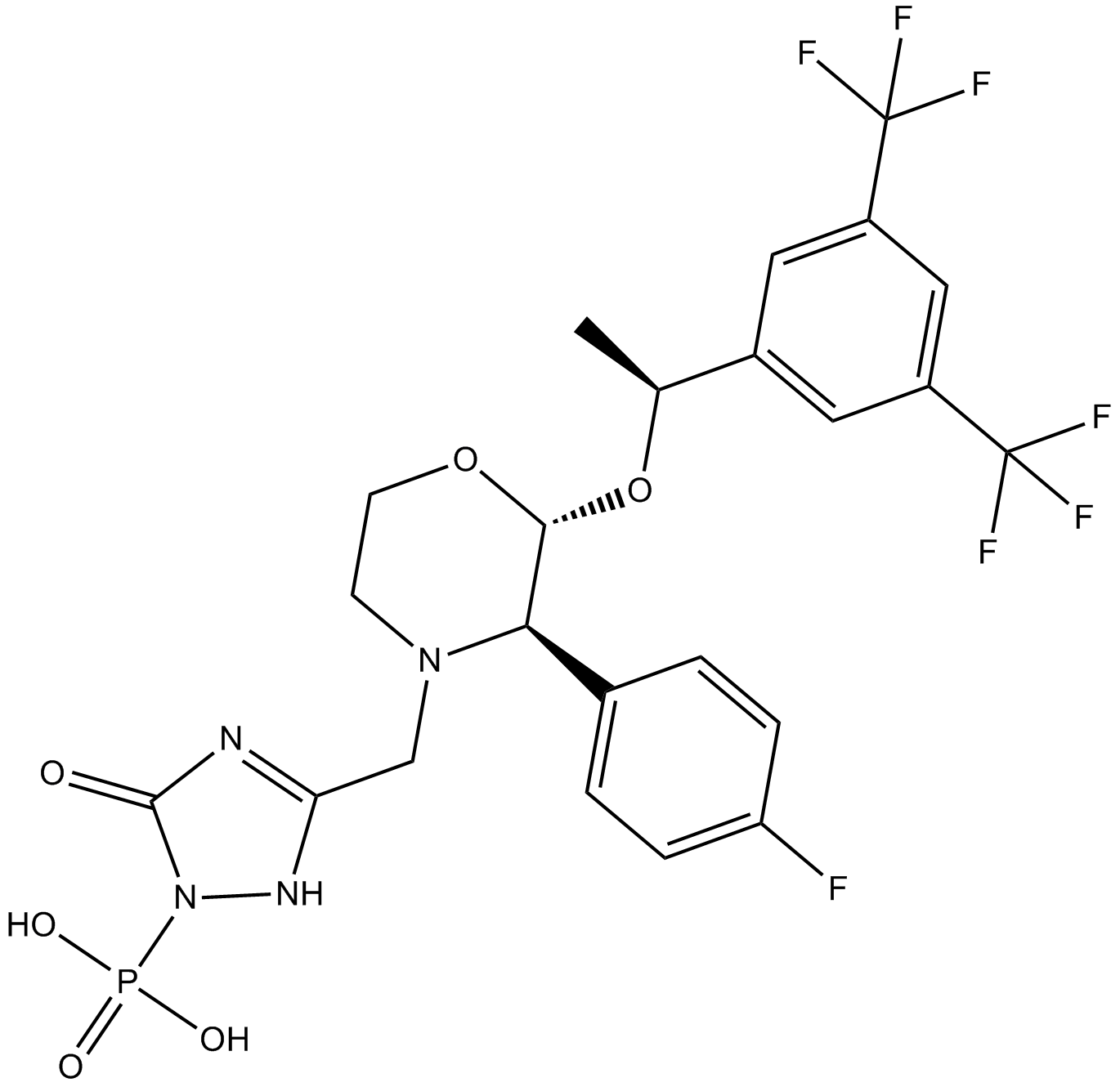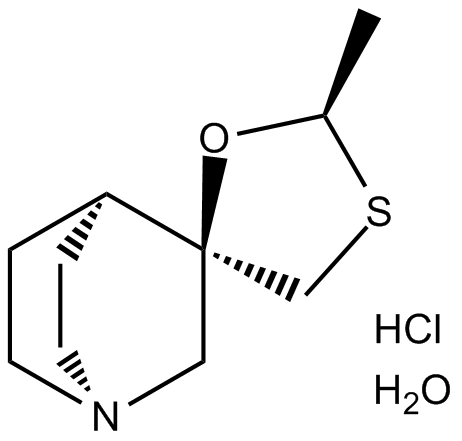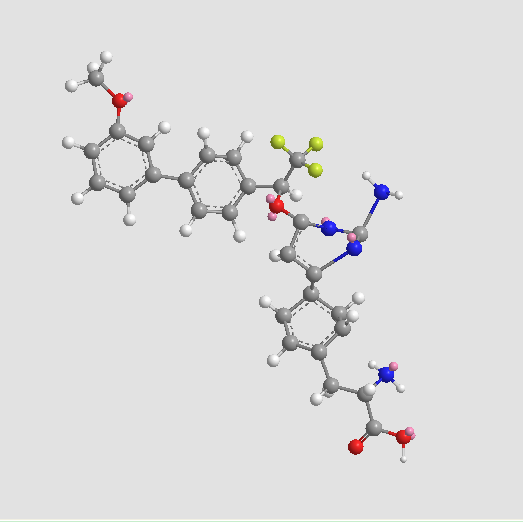Neuroscience

Neurotransmitter receptors function via various G-protein coupled and G-protein independent mechanisms that activate downstream intracellular signaling pathways such as cAMP/PKA, PI3K/AKT, phospholipase A2, and phospholipase C pathways. For instance, dopamine receptors act through adenylate cyclase to activate PKA and other signaling molecules, thereby mediate gene expression through the actions of CREB and other transcription factors. Other neurotransmitters such as NMDAR or AMPAR are associated with ion channels that control flux of Ca2+ and Na+, thus propagating the action potential across the post-synaptic neuron.
Dysfunctions in GABAergic/glutamatergic/serotonergic/dopaminergic pathways result in a broad range of neurological disorders such as chronic pain, neurodegenerative diseases, and insomnia, as well as mental disorders including schizophrenia, bipolar disorder, depression, and addiction.
-
 A1003 Amyloid β-Protein (1-15)Summary: Principal component of amyloid
A1003 Amyloid β-Protein (1-15)Summary: Principal component of amyloid -
 C3475 PF-9184Summary: microsomal prostaglandin E synthase-1 (mPGES-1) inhibitor
C3475 PF-9184Summary: microsomal prostaglandin E synthase-1 (mPGES-1) inhibitor -
 C4910 SpermineSummary: Mixed NMDA glutamate receptor agonist/antagonist at the polyamine site
C4910 SpermineSummary: Mixed NMDA glutamate receptor agonist/antagonist at the polyamine site -
 B1282 A 839977Summary: P2X7 antagonist,potent and selective
B1282 A 839977Summary: P2X7 antagonist,potent and selective -
 B1272 FosaprepitantSummary: Neurokinin-1 antagonist
B1272 FosaprepitantSummary: Neurokinin-1 antagonist -
 B1184 MilnacipranSummary: Serotonin-norepinephrine reuptake inhibitor (SNRI)
B1184 MilnacipranSummary: Serotonin-norepinephrine reuptake inhibitor (SNRI) -
 B1572 LatrepirdineTarget: Voltage-gated Calcium Channels (CaV)|NMDA receptor|adrenergic receptor|Histamine receptors|GluR|5-HT receptor|dopamine receptors|AMPA receptorSummary: Brain cell death inhibitor
B1572 LatrepirdineTarget: Voltage-gated Calcium Channels (CaV)|NMDA receptor|adrenergic receptor|Histamine receptors|GluR|5-HT receptor|dopamine receptors|AMPA receptorSummary: Brain cell death inhibitor -
 B4718 (±)-Huperzine ASummary: AChE inhibitor
B4718 (±)-Huperzine ASummary: AChE inhibitor -
 A3300 Cevimeline hydrochloride hemihydrateSummary: Agonist of muscarinic receptor (M1/M3)
A3300 Cevimeline hydrochloride hemihydrateSummary: Agonist of muscarinic receptor (M1/M3) -
 A3565 LX-1031Target: Tryptophan hydroxylases (TPH)Summary: TPH inhibitor
A3565 LX-1031Target: Tryptophan hydroxylases (TPH)Summary: TPH inhibitor

